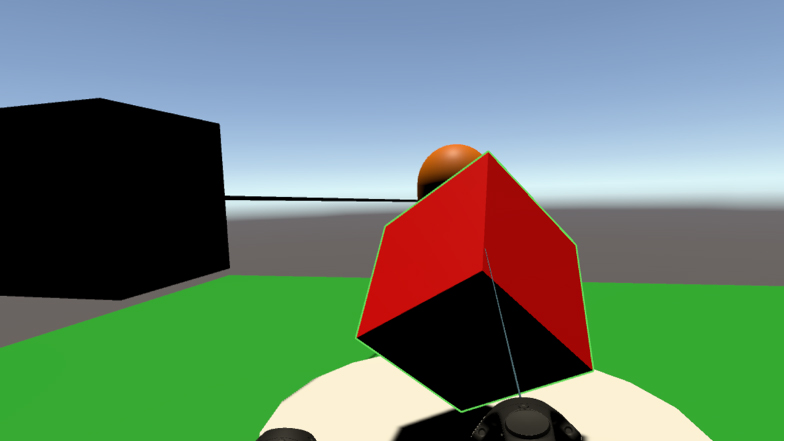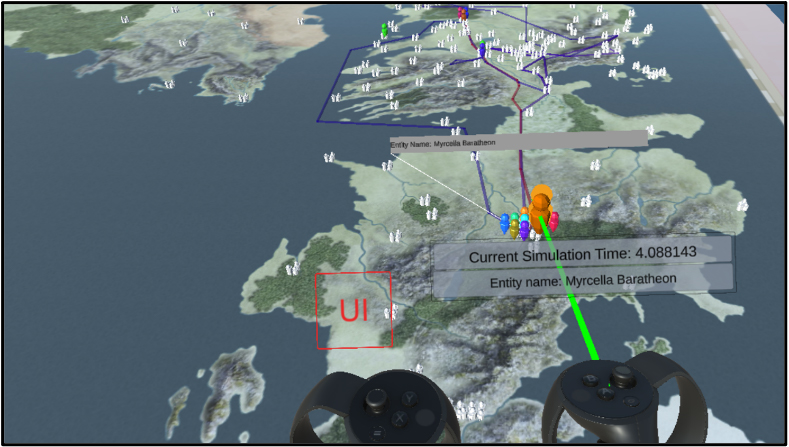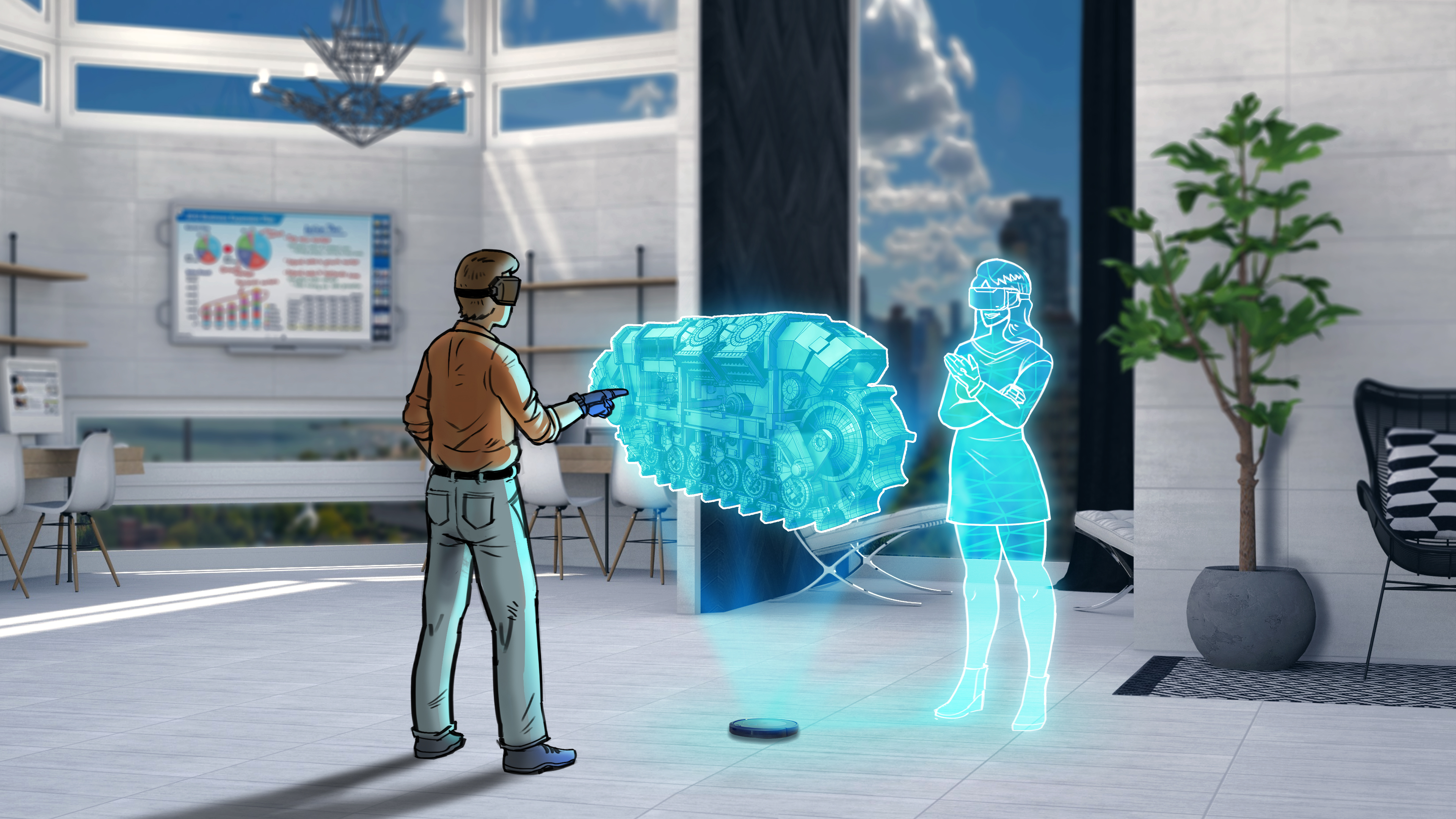News
REACTOR Prototype Brings XR Collaboration Capabilities
Whether in person or virtual, the challenges of collaborating across wide physical distances can seriously hamper the creative process and limit overall productivity.
Engineers at the Johns Hopkins Applied Physics Laboratory (APL) in Laurel, Maryland, are addressing this challenge by taking advantage of new technologies, designing and implementing the Mixed Reality Collaboration Environment framework, or REACTOR. This unique system allows subject-matter experts and analysts to interact and collaborate globally, with no externally hosted servers and with the capability to customize the approach to the user’s needs.
“REACTOR provides a mechanism to bridge the gap between in-person meetings and virtual meetings through the use of extended reality [XR] technology,” said Justin Renga, a software engineer in APL’s Air and Missile Defense Sector (AMDS) and the project’s principal investigator.

Credit: Johns Hopkins APL/Justin Renga and Kevin Torgas
This XR technology supports bringing virtual reality (a virtual environment), augmented reality (an overlay of virtual content that doesn’t allow interaction) and mixed reality (virtual objects that can interact with the actual environment) into a collaboration framework that promotes remote, synchronous and cross-domain analysis and discussion.
“REACTOR is designed to bring people together to view the same information in a collaborative and immersive virtual space, and its modularity allows developers to customize it for their needs,” said Kevin Torgas, a developer in AMDS and engineer on the project. “It was designed without a specific application in mind, which means any AR/VR platform will have the capability to join into the immersive space.”
REACTOR uses include mission planning, trajectory analysis, data visualization and creating teaching aids for complex objects or objects with no tangible physical counterpart. REACTOR has grown into a stand-alone framework that can support multiple users’ platforms as well as real-time data-state alignment.
“REACTOR uses standard connections to direct messages to a central server, which then handles the distribution of information to other users who might be interested in the updates,” Renga said. “The coolest thing about this system is the ability for clients to connect whenever they want and receive the same picture as every other client, as if they had been connected the entire time. By managing this connection locally, we can configure the messaging such that it can operate in a secure network environment.”
REACTOR was designed to be placed into nearly any networked application with as small a footprint as possible and promote a streamlined messaging system. This is achieved by using the smallest messages needed for the users to update their status, allowing more important network operations to continue with little disruption.

Credit: Johns Hopkins APL/Justin Renga and Kevin Torgas
“Now any updates can occur swiftly and without the need to contact a third-party application, and the server portion of REACTOR can handle any messages sent from the users,” Torgas said.
REACTOR is a base from which richer applications can be built. It does not depend on the visual display of information. Users can implement their immersive state to suit their requirements.
“I imagine REACTOR being used across multiple locations and various situations, and any individual would be able to collaborate, discuss mission-critical concerns in real time and share information in the same space without the need to co-locate,” Renga said. “REACTOR’s synchronization technology will ensure our users are viewing the same immersive space, regardless of a physical vantage point.”
Renga is also excited about REACTOR’s potential application in the growing and maturing field of XR technology.
“This is a tool designed to fit where it’s needed,” he said. “This technology will benefit teams that are looking to introduce a collaborative facet to their work by synchronizing different AR/VR platforms. There are many possibilities, research opportunities, collaboration and coordination that can be achieved through REACTOR!”
